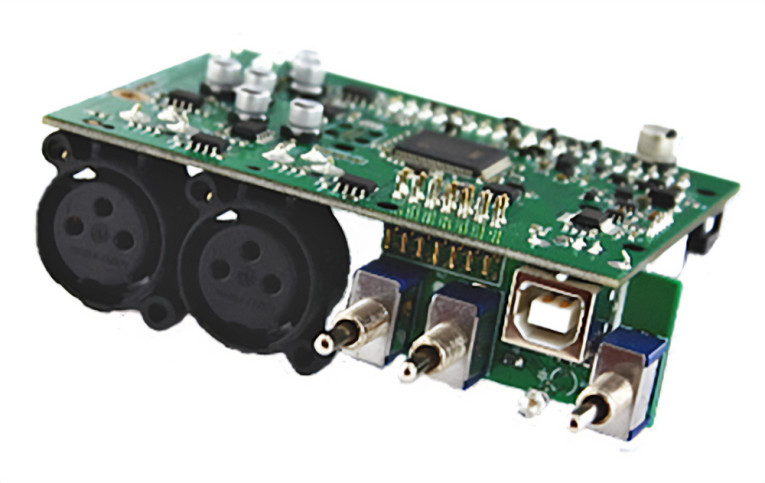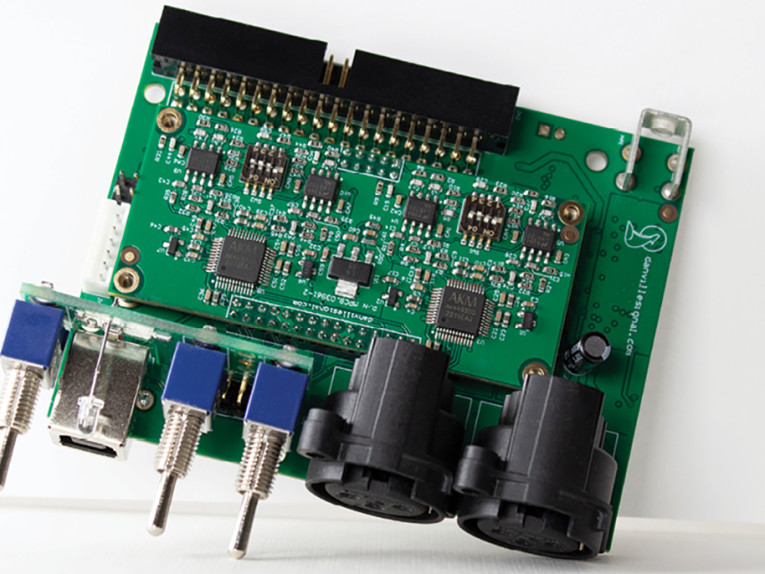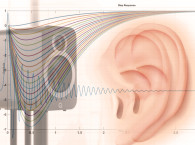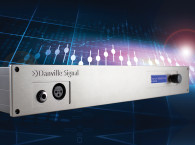The first DSP-powered loudspeaker systems that gained traction were mostly for large acoustic spaces (e.g., arenas and concert halls). DSP technology could be used to control coverage, frequency response, protection, and provide appropriate time delays, which in large venues can be significant. They didn’t necessarily need to be small, embedded inside the speaker cabinet, or sound audiophile great to provide real value.
If we assume that most high-performance active loudspeakers need sufficiently large power amplifiers to meet the demands of the drivers and the enclosure, this greatly limits the options available. High-quality linear amplifiers are inefficient and generally produce way too much heat for an application that requires the amplifier to be mounted inside the speaker enclosure with the drivers (embedded), so the most practical option was to use Class D switching amplifiers.
Today’s Class D amplifiers from the major suppliers have gotten significantly better. In fact, one of these manufacturers approached Danville Signal and asked if Danville would support their amplifiers because they felt their amplifiers did not have good enough DSP front ends from a sonic performance. That made Danville Signal smile, as that is where they live... high-performance DSP crossovers.
Danville DSP Embedded Crossovers
Danville’s dspCrossover products are primarily intended for powered loudspeaker applications (e.g., professional studio monitors and high-end consumer audio systems) and to be mounted inside the loudspeaker enclosure... embedded as it were.
Given that Danville Signal has a reputation for great sounding DSP crossovers, this obviously starts with incorporating great parts that make Danville’s dspCrossover lineup. All of the Danville crossovers use an Analog Devices’ floating-point SHARC DSP as the processor. SHARC DSPs are the gold standard for high-performance audio processing. The DAC and ADC functions are provided by AKM Velvet Sound converters operating at 192kHz. The Velvet Sound data converters are widely recognized as one of the best sounding DAC/ADCs in the audio industry.
Danville Signal offers three families of crossovers for powered speakers, GreyWolf, Bluebill, and Snowbird. This group of line level loudspeaker crossovers share many common features. Each crossover has one or two balanced audio inputs and up to four audio outputs. They also support a digital input option.

All the crossovers are dependent on a mating power amplifier for their power. Danville currently has support for amplifiers from Pascal, Hypex, ICEpower, and Powersoft. Each of these amplifiers has its own specific interfacing requirements. Danville has mating adapters that convert these requirements to the DSP board so that cabling is straightforward and control features (e.g., mute, standby, and fault protection) are addressed.
Each of the Danville Signal line level speaker crossovers has its own attributes:
Snowbird—The Snowbird families of DSP Crossovers (Photo 1) have high-performance expectations but are priced competitively when compared against other DSP crossover solutions that rely on highly integrated, but lower performance parts. The goal was to make the best sounding crossover among this class.
Greywolf — The Greywolf family (Photo 2) has higher performance goals than the Snowbird line. It offers state-of-the-art performance never before seen with COTS crossovers. The SHARC ADSP-21565 is the most powerful DSP crossover ever used in an embedded crossover design. A variety of DAC modules are available all operating at 192kHz with signal/noise > 123dB.

Bluebill — Not yet released, the Bluebill family has improved signal/noise (~123dB) over the Snowbird but uses the same SHARC DSP as the Snowbird. It uses SOA TI data converters for excellent sonic performance at a reasonable cost.
Greywolf, Bluebill, and Snowbird crossovers are footprint compatible as well. Manufacturers can incorporate any of the Danville dspCrossover line in the same loudspeaker without changing the housing design. This enables manufacturers to choose from very good to state-of-art, depending on their budget and performance requirements.
There are many different configurations. The basic feature list includes one or two analog audio input channels (balanced XLR) and two or four amplifier channel outputs, plus optional S/PDIF input and buffered S/PDIF retransmitted output. A USB Control Port is available for programming and field updates. The boards also feature toggle switches for user-defined controls.
For more information, visit www.Danvillesignal.com.
This article was originally published in Voice Coil, September 2021.








